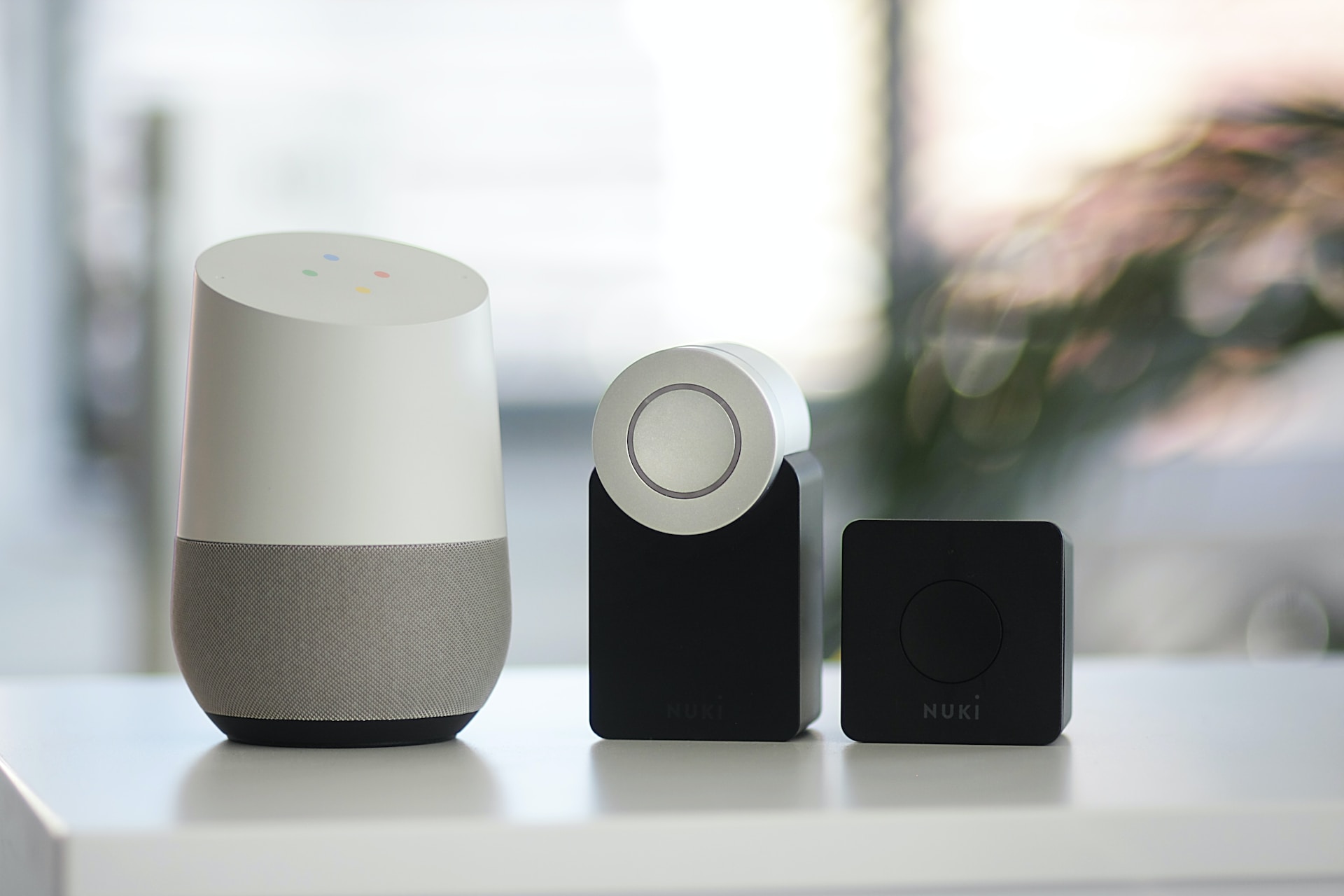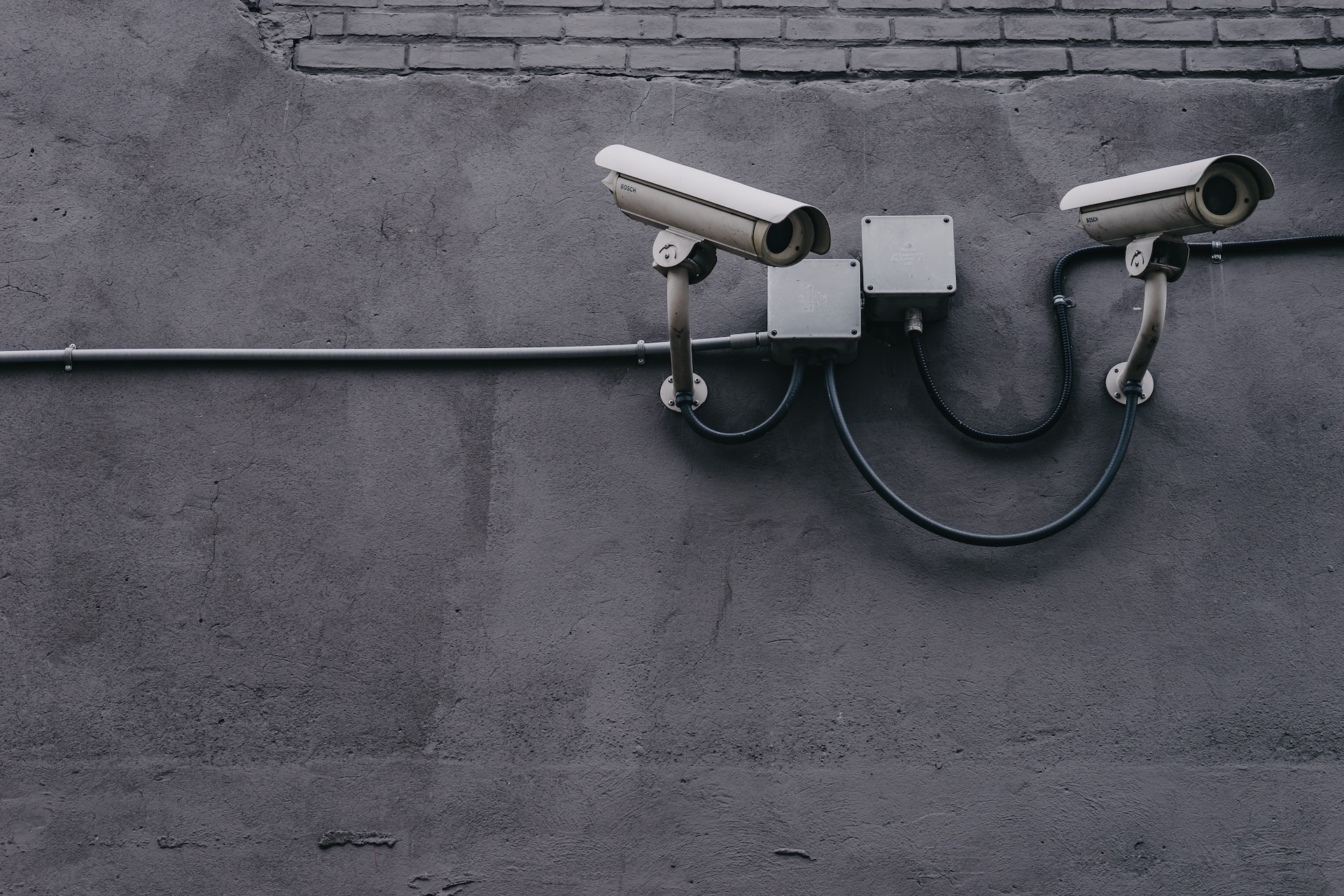New York, the city that never sleeps, is undergoing an impressive transformation thanks to the Internet of Things (IoT). As one of the world’s most iconic cities, it is at the forefront of technological advancements that harness the power of IoT to revolutionize New York’s infrastructure. From transportation to waste management, here’s how IoT is reshaping the Big Apple.
1. Smart Transportation Systems
One of the most visible areas of transformation is the city’s transportation system. New York’s Metropolitan Transportation Authority (MTA) has been integrating IoT sensors into subways and buses to enhance commuter experiences.
- Real-time Tracking. Subway cars and buses now possess sensors that provide real-time location data, allowing commuters to track their rides and optimize their travel times.
- Maintenance Predictions. Instead of relying on routine checks, IoT devices now predict when parts of the transportation system require maintenance, minimizing disruptions and reducing costs.
2. Smart Waste Management
IoT has also revolutionized the way New York deals with its colossal waste problem.
- Sensor-equipped Trash Cans. Smart bins are now deployed in various parts of the city. These bins send notifications when they are full, optimizing trash collection routes and ensuring cleaner streets.
- Recycling Management. Advanced sensors can also identify the type of waste. This ensures that recycling centers dump only recyclable materials into landfills.
3. Energy Efficiency and Management
Reducing energy consumption and increasing efficiency is a priority for any major city, and New York is no exception.
- Smart Streetlights. IoT-enabled streetlights can adjust their brightness based on ambient light and activity, conserving energy when full brightness isn’t needed.
- Building Energy Management. Many buildings in New York are now fitted with smart meters and sensors that optimize heating, cooling, and lighting based on occupancy and external factors, leading to significant energy savings.
4. Water Quality and Distribution
Ensuring safe and efficient water distribution is crucial for a city of New York’s scale.
- Quality Monitoring. Sensors in reservoirs and distribution points continuously monitor water quality. They detect anomalies and address them promptly.
- Leak Detection. IoT devices can also pinpoint leaks in the vast network of water pipes, conserving water and preventing damage to surrounding infrastructure.
5. Enhanced Public Safety
The safety of its residents is paramount, and IoT plays a pivotal role in this aspect as well.
- Smart Surveillance. The integration of AI with IoT sensors in CCTV cameras allows for more effective monitoring of public spaces, detecting suspicious activities, and enabling quicker response times.
- Emergency Response. IoT can improve response times during emergencies by providing first responders with real-time data, such as traffic conditions, helping them reach their destination more quickly.
6. Improved Air Quality Monitoring
Air quality is a significant concern in urban areas. IoT sensors dispersed throughout New York provide real-time air quality updates.
- Pollution Detection. These sensors can detect elevated levels of pollutants, helping authorities take appropriate measures, such as rerouting traffic or issuing health advisories.
The Future of New York with IoT
The ongoing integration of IoT into New York’s infrastructure is setting the stage for a smarter, more efficient, and livable city. As technology evolves and more IoT devices are deployed, one can expect the city to further streamline its services and enhance the quality of life for its residents.
However, with this rapid integration comes responsibility. Data privacy and security need to be at the forefront of these technological advancements. Ensuring that personal data remains secure and is not misused is paramount. Additionally, the city must be prepared to manage the vast amount of data generated, requiring significant investment in data storage and processing infrastructure.
Conclusion
In conclusion, the Internet of Things is radically altering the landscape of New York’s infrastructure. While challenges persist, the potential benefits in terms of efficiency, sustainability, and quality of life are immense. As New York continues to embrace IoT, it sets a precedent for other global metropolises to follow, heralding a new era of smart cities.





